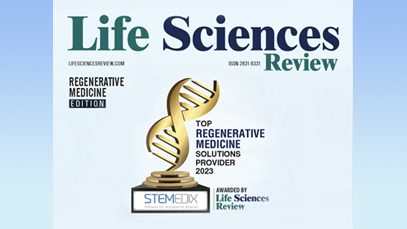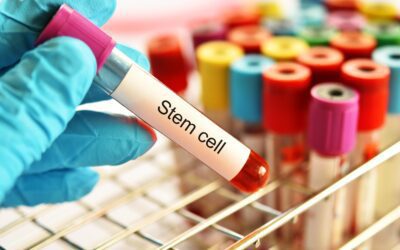
Pain Management
Redefining the way in which your patient’s achieve effective pain management.
We combine traditional pain management with personalized regenerative medicine for a more individualized experience.

Regenerative Medicine
Also known as stem cell therapy, has been studied and found to have potential benefits for those battling a variety of conditions.
Find out more using the links below.
• Neurodegenerative →
• Orthopedics →
• Autoimmune →
• Wellness →

What is Regenerative Medicine?
About Regenerative Medicine
Regenerative Medicine uses the body’s natural healing mechanisms. They can differentiate into new cell types and have the ability to repair and regenerate. In addition, they also have secretory benefits called exosomes that play a critical role in cell-to-cell communication. Regenerative biological products have immune-modulatory and anti-inflammatory characteristics as well as a good proliferation rate, which is beneficial for tissue regeneration.
Am I a Candidate?
The first step in determining if you are a candidate is connecting with one of our dedicated and trained Care Coordinators. They can provide you with information as well as answer your questions. Our physician staff not only wants to ensure your safety but also wants to determine if there are potential benefits. With no obligations, they will review your medical history along with initial test results needed to determine if you are an eligible candidate.
Regenerative Medicine Science and Health Awareness Blog
Combining Stem Cell Solutions for Diabetes with Lifestyle Strategies for Better Control
Living with diabetes can present daily challenges, from fluctuating blood sugar levels to nerve discomfort and fatigue. At Stemedix, we offer stem cell treatment for diabetes, a supportive approach to help your body repair tissues affected by metabolic stress and...
The Role of Anti-Inflammatory Properties of MSCs in Diabetes Management with Stem Cell Therapy
Managing diabetes involves more than controlling blood sugar; it requires addressing underlying factors that affect your body’s ability to function. At Stemedix, we focus on regenerative approaches that target inflammation, a key factor that can influence insulin...
Harnessing MSC-Derived Exosomes for Stem Cell Therapy for Diabetes
Managing diabetes and its complications can be challenging, but new approaches in regenerative medicine are providing options worth exploring. At Stemedix, we offer personalized therapies that focus on supporting your body’s natural repair mechanisms. One area of...
Your Journey to Wellness with Stemedix
Stay up to date with the latest Regenerative Medicine developments in stem cell research and treatment.
Now accepting Medicare for qualified offerings.
Your Journey to Wellness with Stemedix
Stay up to date with the latest Regenerative Medicine developments in stem cell research and treatment. To learn more about Stem Cell Therapy in Florida & Arizona sign up for the newsletter or contact any of our locations.








 St. Petersburg, Florida
St. Petersburg, Florida
